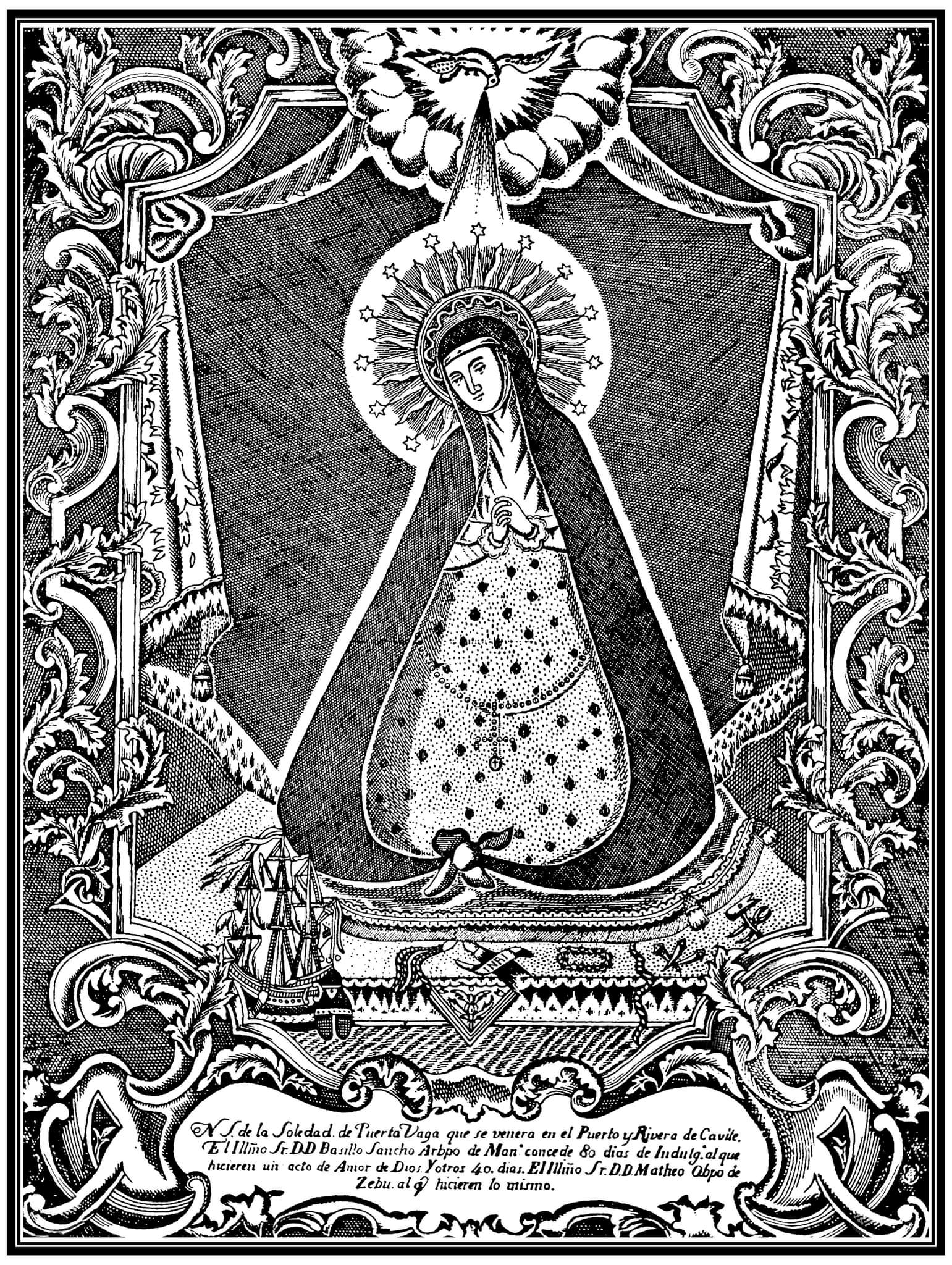Tahanan ng Mabuting Pastol
Chapter 1: The Humble Beginnings

“ In December 1, 1975 the new seminary was formally inaugurated by the apostolic nuncio Msgr. Bruno Torpigliani. It was supposed to be named after Nuestra Señora de Porta Vaga, but Bp. Perez opted to name it TAHANAN NG MABUTING PASTOL. Bp. Perez had a vision when he named the seminary Tahanan ng Mabuting Pastol. He dreams of a seminary which would be a real home for seminarians, where they are formed in an environment of freedom, respect, nurturance, and love. So they might serve the people of God in the same way when they become priests. He believes that priests must be good shepherds, just like Jesus Christ."

Chapter 2: Forming for the Future

“Since the onset of Tahanan, its priestly formation is enriched by Marian devotion. In fact, the chapel is dedicated to the patronage of Nuestra Senora de la Soledad de Porta Vaga, Patroness of the city of Cavite in 1975. The chapel is graced with the presence of an antique estampa of the Virgin, which was a gift to Bp. Perez from his Jesuit friends. She guided the formation of seminarians for the following years. As early as 1978, the three-year old community of Tahanan, through its rector Fr. Chito Bernardo, is already thinking about itself and its future."

Chapter 3: Tahanan ng Mabuting Pastol
Chapter 4: Year 2000, Tahanan at 25: Ang Mabuting Pastol
Chapter 5: 49 Taong Tipanan: Katarungan, Kababaan, at Payak na Pamumuhay
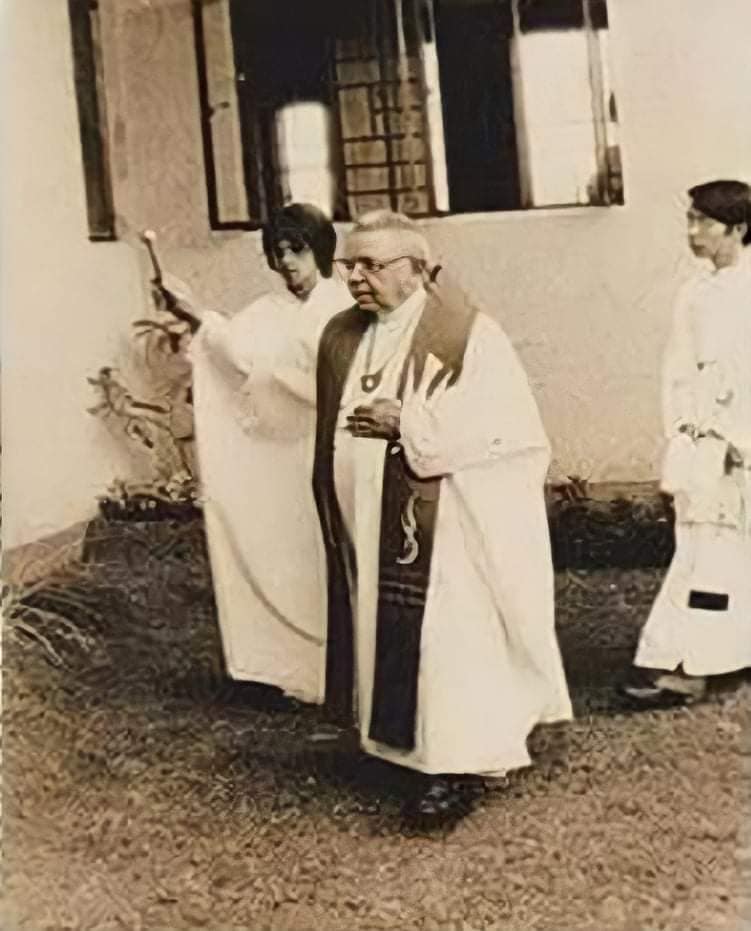
Apostolic Nuncio Msgr. Bruno Torpigliani
.jpg)
Bishop Perez (1)
.jpg)
Bishop Perez (2)
.jpg)
Bishop Perez (3)
.jpg)
Bishop Perez (4)

Bishop Perez with Fr. Virgilio Mendoza
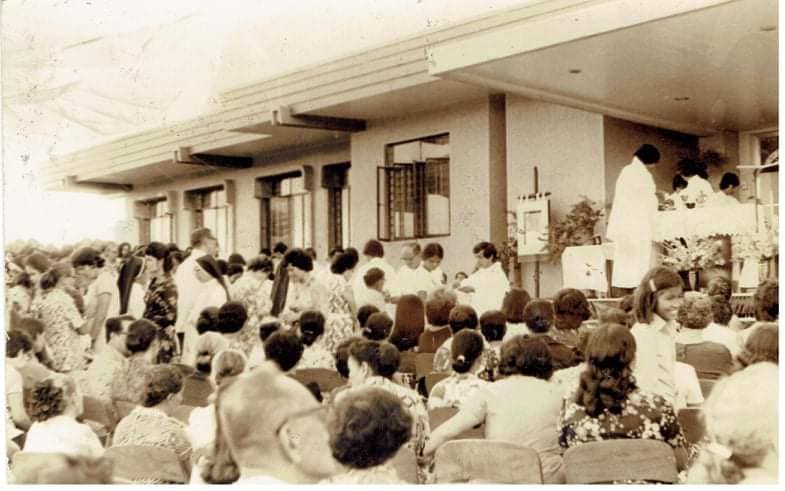
Blessing of TMP

Excerpts on La Virgen de la Soledad de Porta Vaga
.jpg)
Excerpts on TMP (1)
.jpg)
Excerpts on TMP (2)
.jpg)
Excerpts on TMP (3)
.jpg)
Excerpts on TMP (4)

Exodus
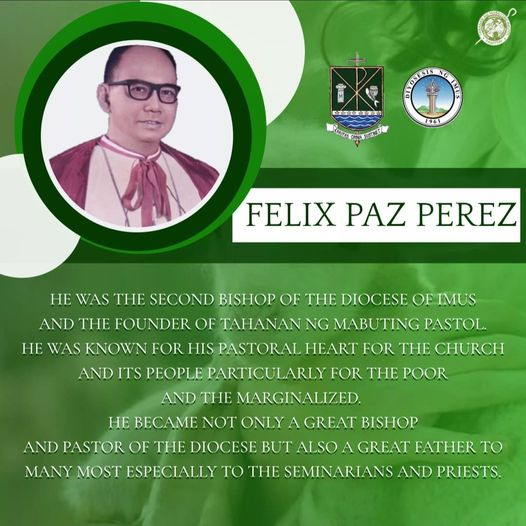
Felix Paz Perez
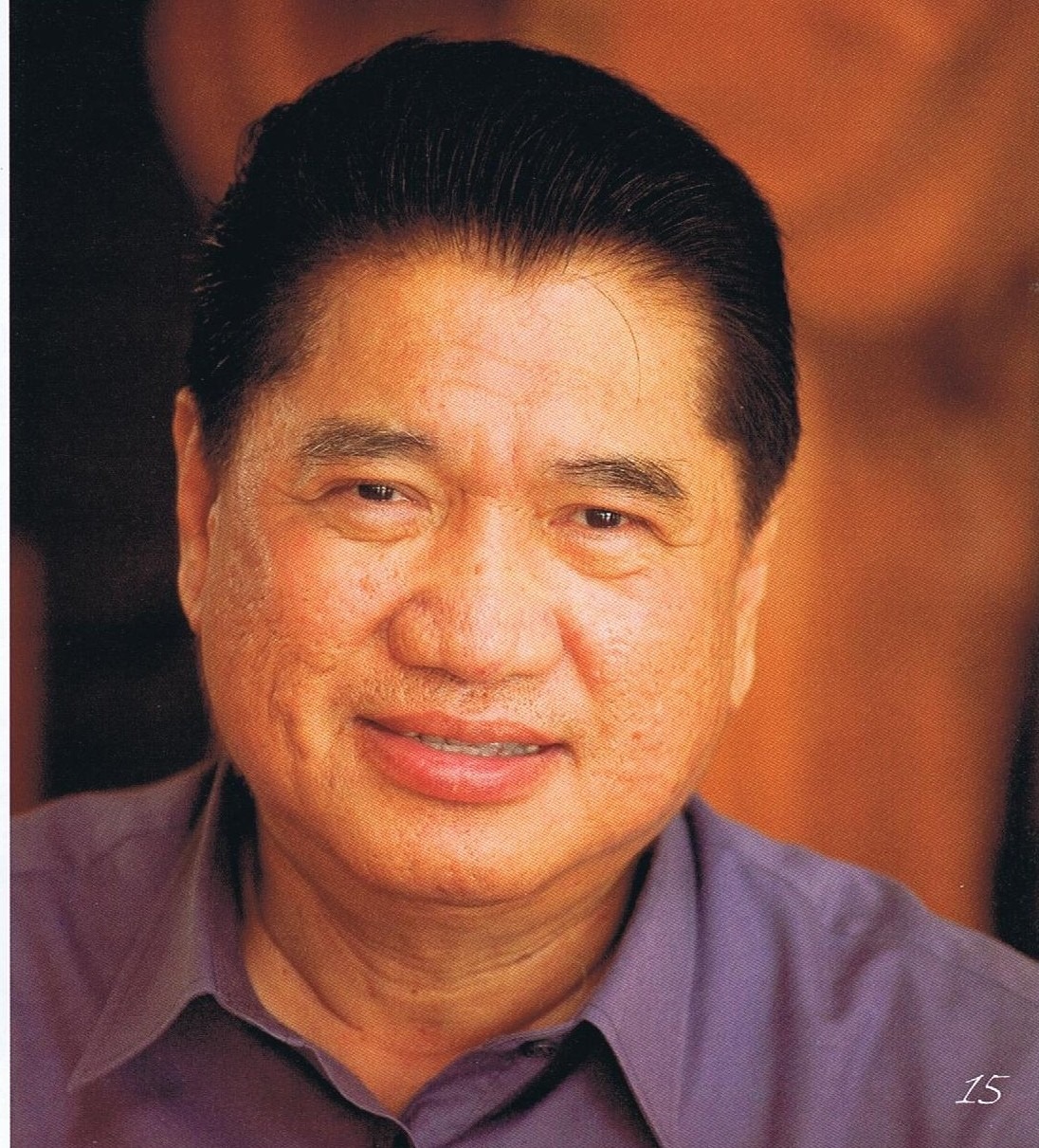
Fr. Chito Bernardo
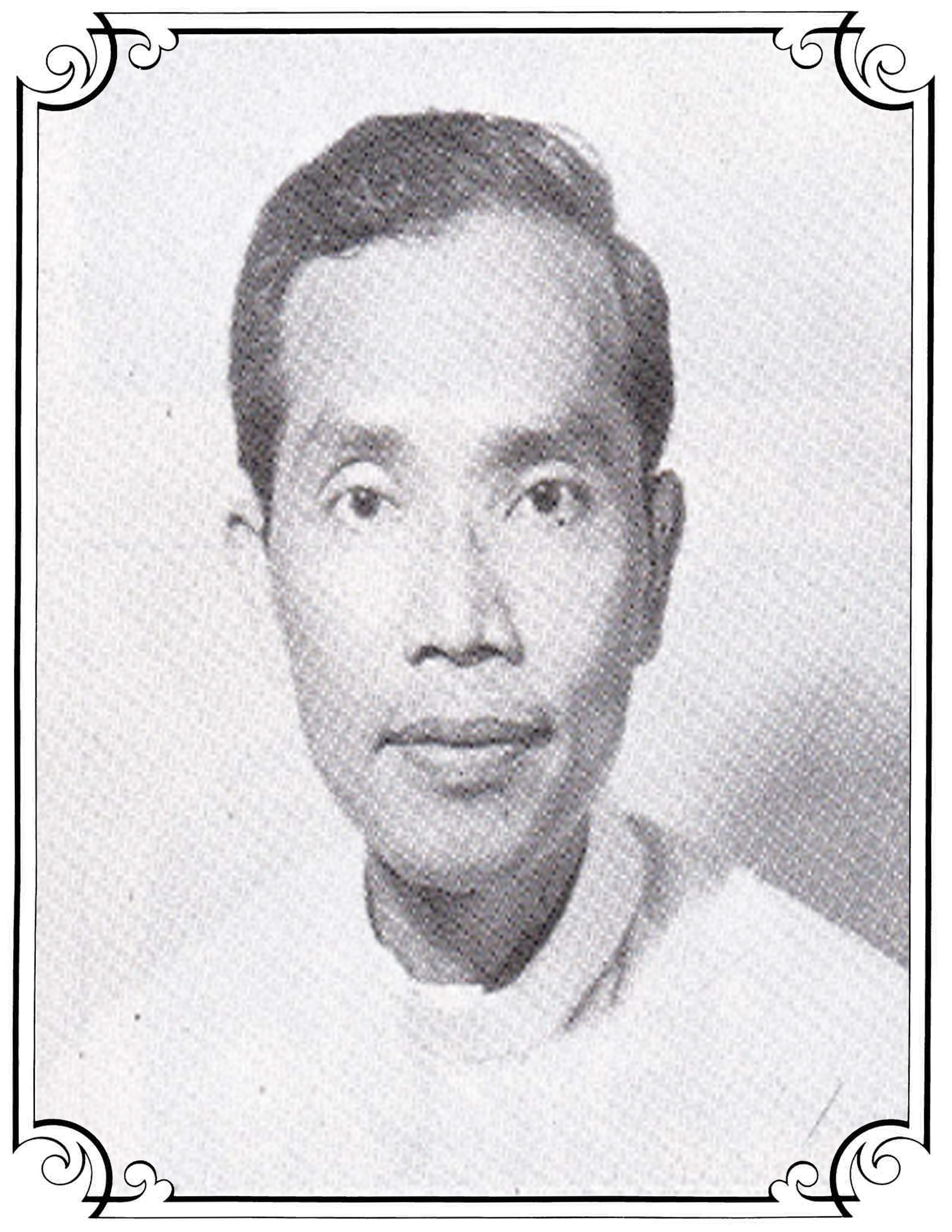
Fr. Jun Poblete

Image of La Virgen de la Soledad de Porta Vaga
.jpg)
John XXIII Community (1)
.jpg)
John XXIII Community (2)
.jpg)
John XXIII Community (3)
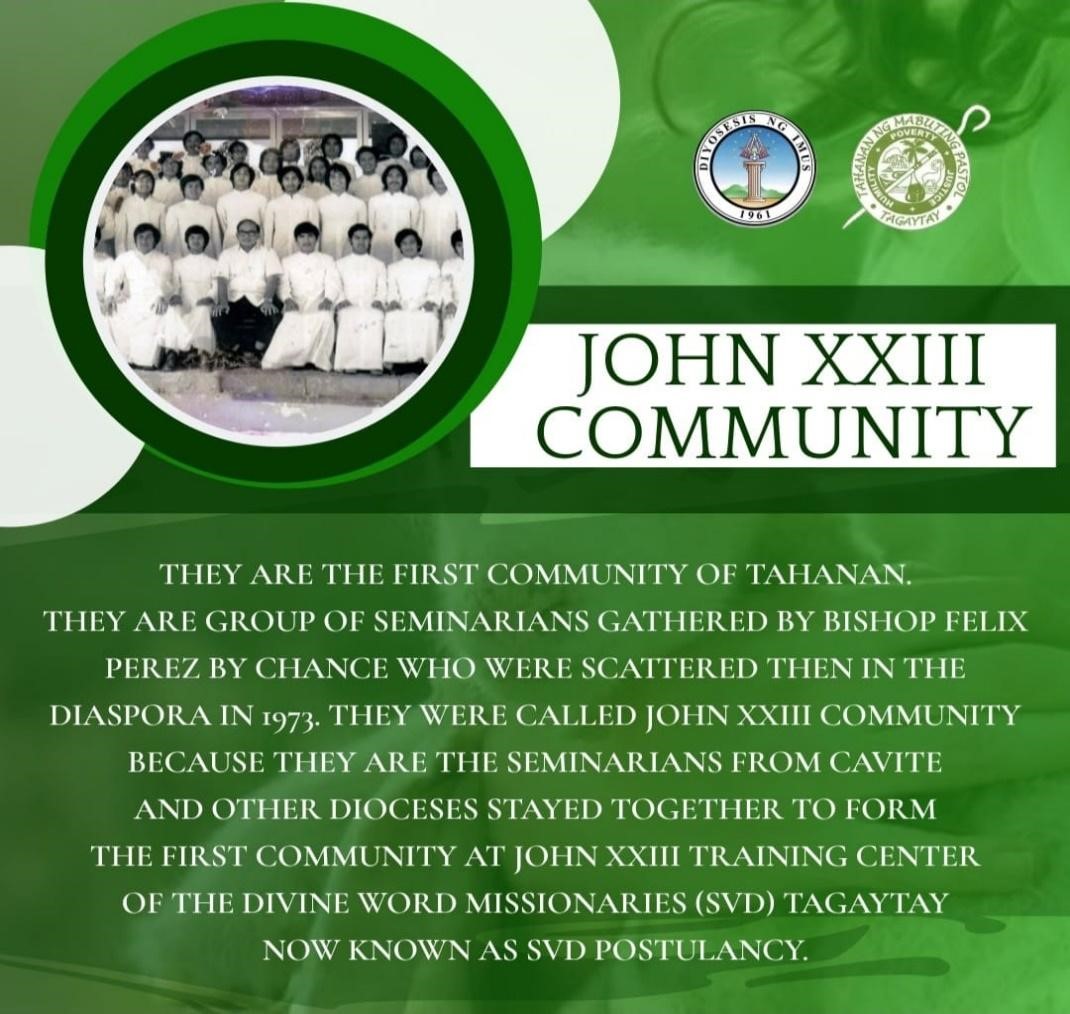
John XXIII Community
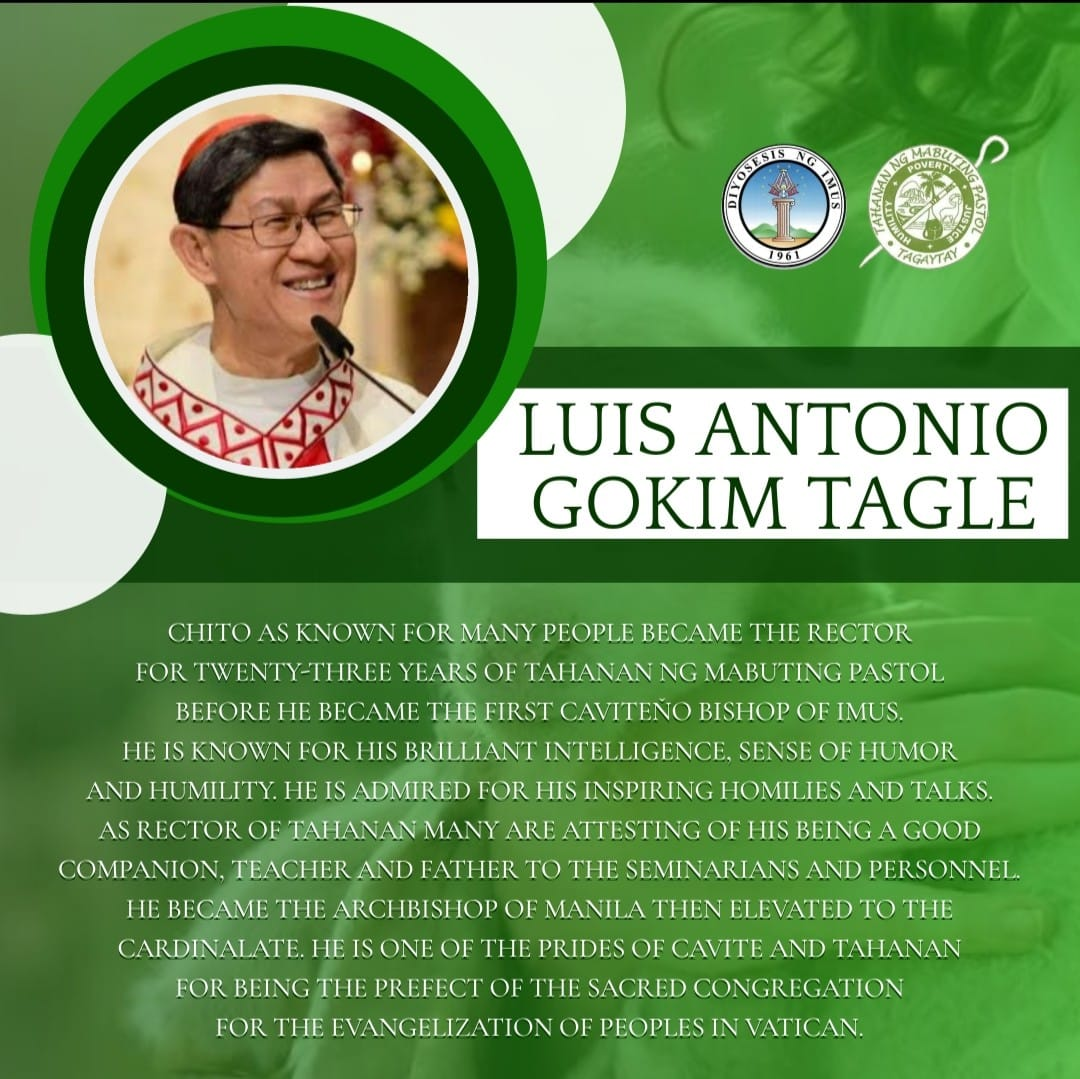
Luis Antonio G. Tagle
